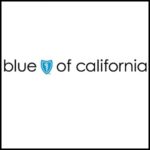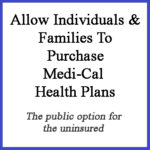For eligible plan members only, Blue Shield will offer an option to defer up to 75% of April’s premium to remain a paid current Member / Small Group customer (i.e. must pay a minimum of 25%). For example, April premium is $1,000. Member can defer $750. April payment due is $250. So long as the Member or Small Group enrolls in the program or pays the Total Amount Past Due before the end of the grace period, the Member or Small Group will not be cancelled after the applicable grace period ends.











